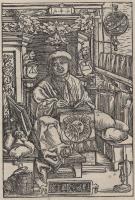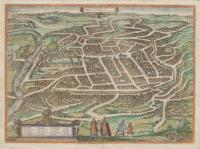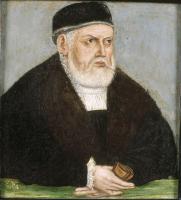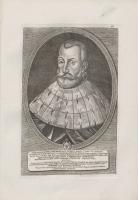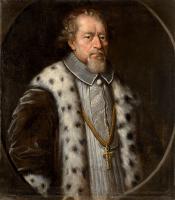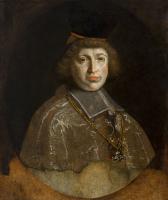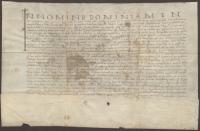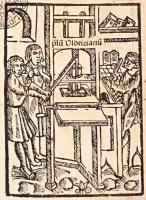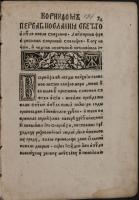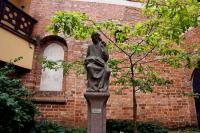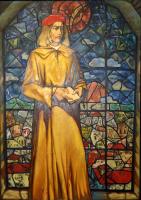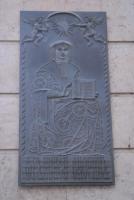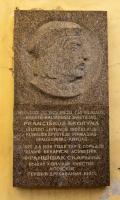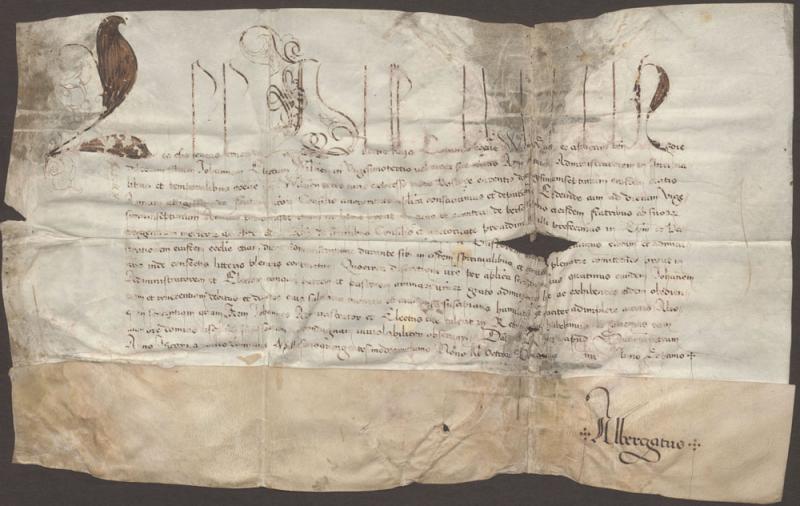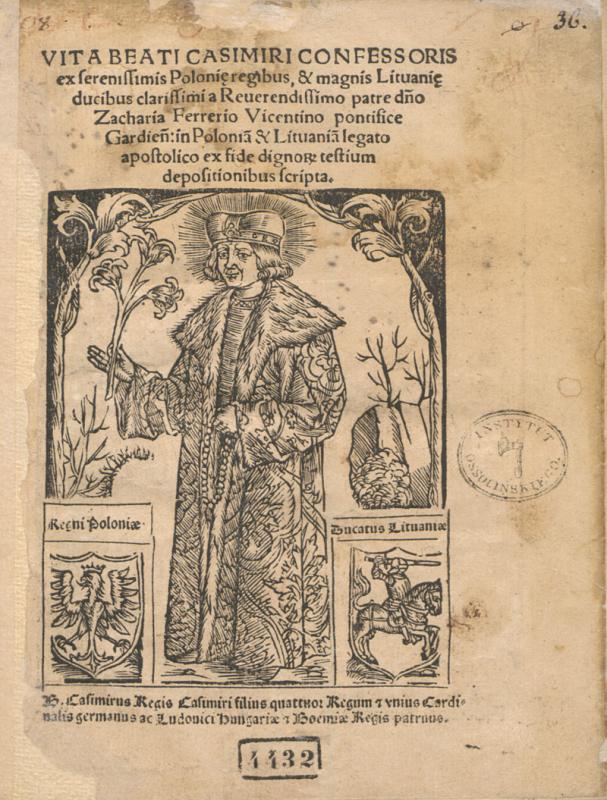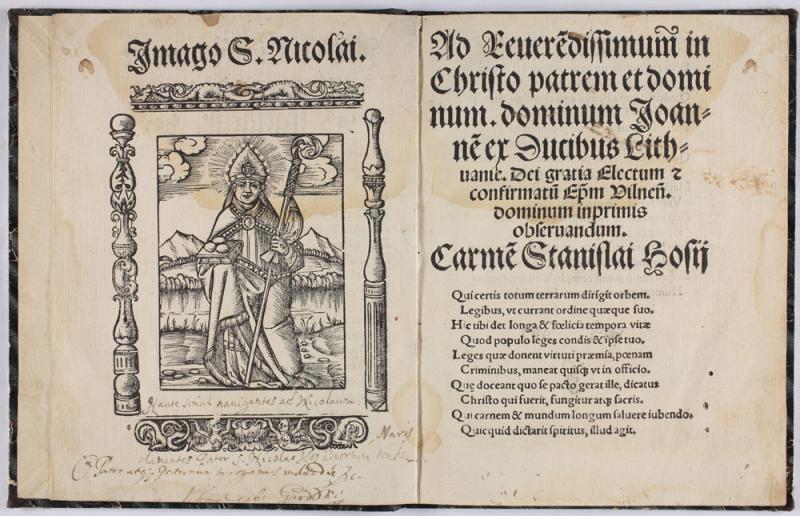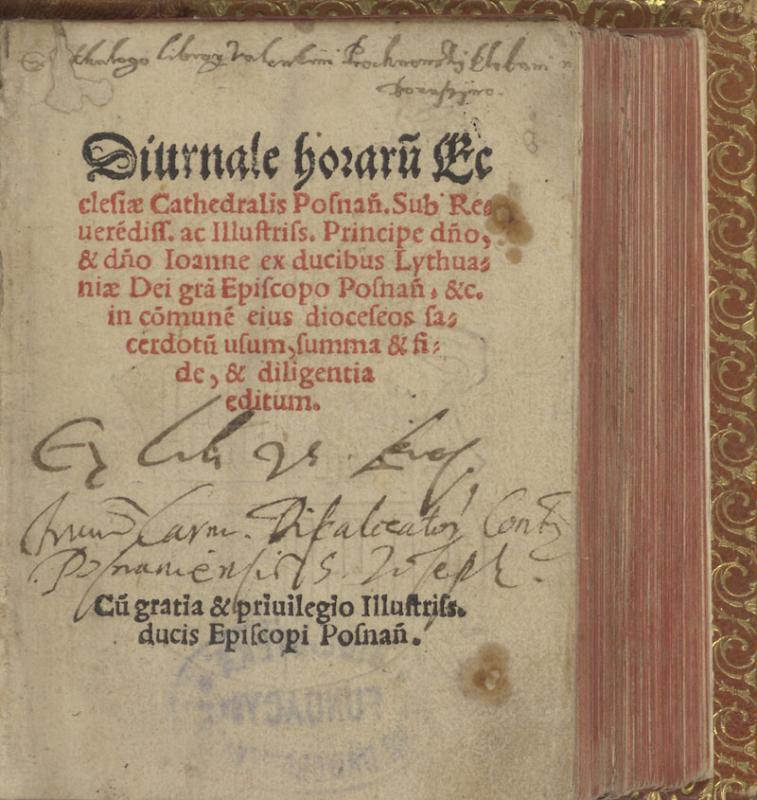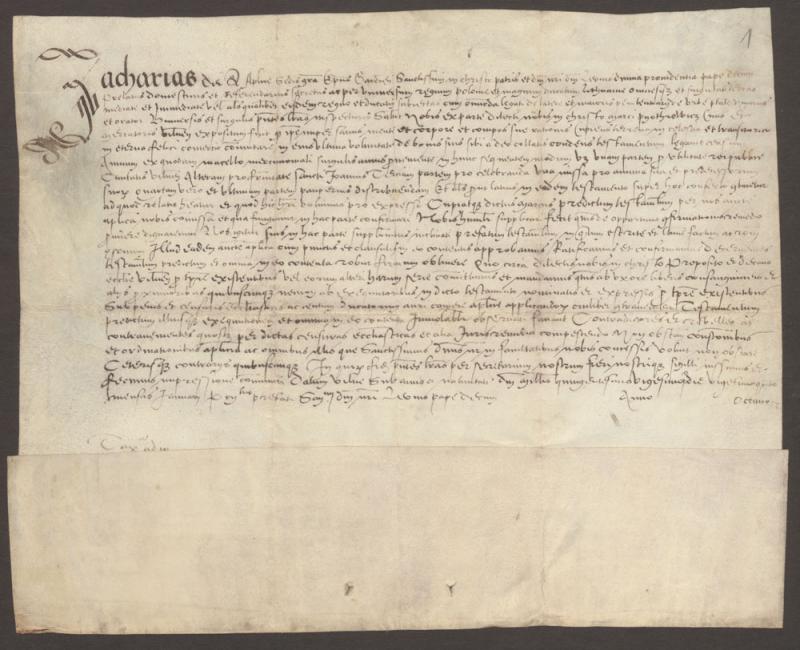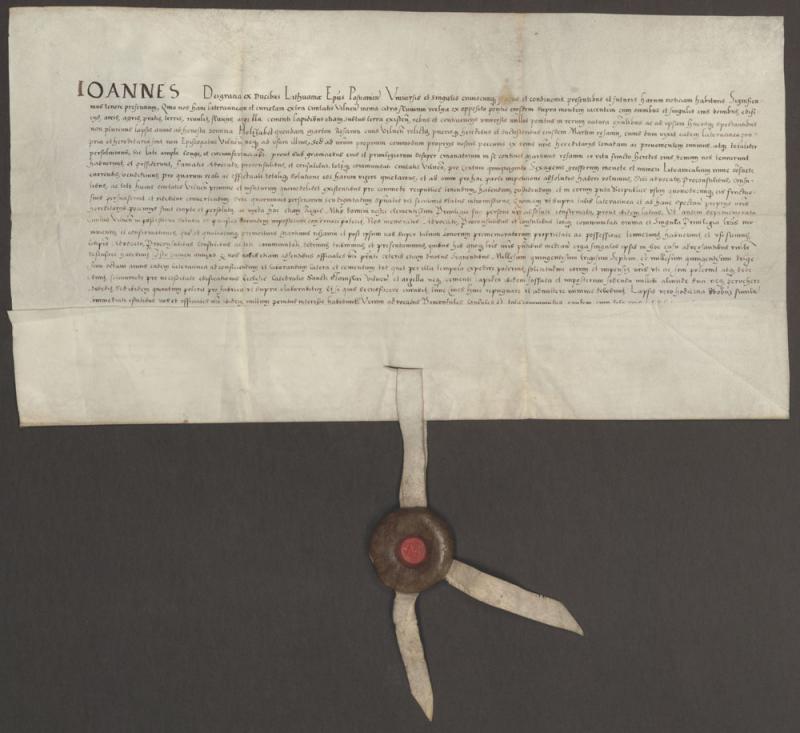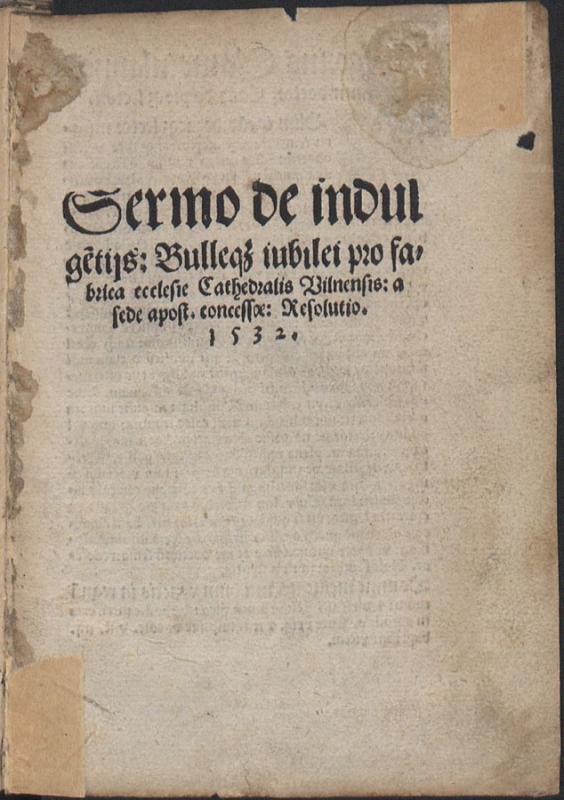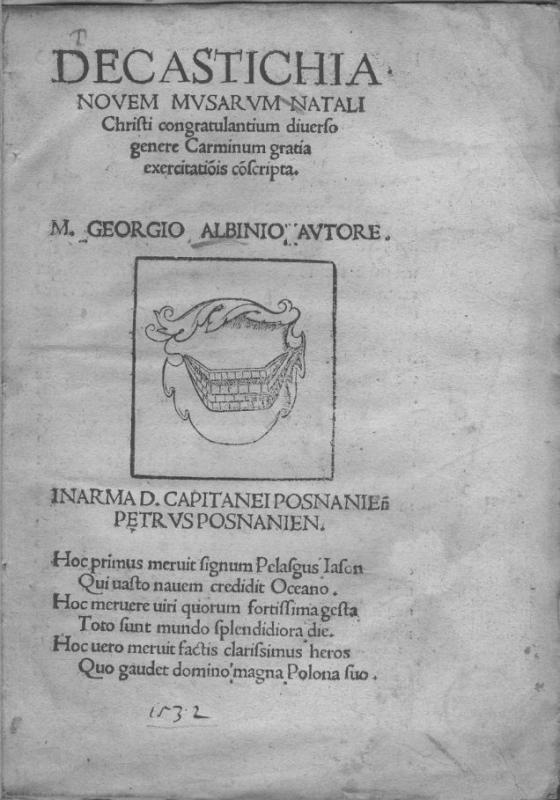John of the Lithuanian Dukes, the Bishop of Vilnius
Skaryna’s first known employer was John of the Lithuanian Dukes – the former was his personal physician. The Bishop of Vilnius was a distinguished figure of the Renaissance in Lithuania. This is how the prominent historian Stephen C. Rowell describes him:
In the capital of the Grand Duchy, John created infrastructure for building construction and production of luxury goods (glass and brick workshops). In the Vilnius Cathedral, John established and gave money for two new prelatures connected to science and music (cantor and scholastic), renewed and expanded the community of mansioners. The young bishop was fashionable and modern in his needs – while still provost in Plotsk, he invited prominent Italian architects to come to Vilnius and restore the Vilnius Cathedral after the 1530 fire. Francysk Skaryna, a doctor, astrologer, printer, and a proponent of the church union, was John’s secretary for almost a decade. The bishop sponsored men of letters at his court – among them was one of his last notaries, the young Latin-writing poet Georgius Albinius. John had a few literary works dedicated to him; among their authors are the astrologer Mikołaj of Szadek and the theologian Walenty Wróbel. An acclaimed theologian and apologetic from Cracow and Poznań, Grzegorz of Szamotuły, was involved in John’s construction works on the cathedral. At least two important church books have a direct connection with John – the 1528 Vilnius Diocesan Statutes printed in a luxurious edition in Cracow and a large book of hours for the Poznań cathedral and diocese (“Diurnale horarum”) published in 1538 in Leipzig – an important liturgical book (psalms, prayers, hymns) intended for long-term use.
The two above-mentioned books are “Statuta Vilnensis diocesis” (“Statutes of the Vilnius Diocese”, 1528) and “Diurnale horarum ecclesiae cathedralis Posnaniensis” (“Books of Hours of the Poznań Cathedral”, 1538). Earlier, the bishop had also contributed to the appearance of several other publications. When his predecessor Albrecht Radziwiłł put in a request to Leo X to start the canonization case for Prince Casimir, the papal legate – the Guardialfiera Bishop Zaccaria Ferreri – arrived in Vilnius in 1520 to collect and prepare the materials necessary for the process. The Pope’s instruction of November 1, 1519, ordered a study of Blessed Casimir’s life and the miracles that transpired after his death through his intercession. Based on the materials collected in Vilnius, Ferreri then wrote, and published the next year in Cracow, “Vita beati Casimiri confessoris” (“The Life of Blessed Confessor Casimir”). Describing Lithuania, the author connected the origins of the Lithuanian nation to Ancient Rome. The author noted in several places that the Lithuanians originated from Rome and called them Litalians, and the country, Litalia. Such views on history were rather close to the beliefs of John of the Lithuanian Dukes. Later Skaryna, the former physician to the bishop, introduced himself to the King of Czechia in the same way, as an Italian.
BP 574
LMAVB RS F6-112
Letter of Pope Leo X to the Vilnius Chapter regarding the appointment of John of the Lithuanian Dukes as Bishop of Vilnius.
Ossol XVI.Qu.2254
BKórn Cim.Qu.3023
BN XVI.O.6189
LMAVB RS F6-114
Letter of Pope Leo X’s legate Zaccaria Ferreri confirming the will of the Vilnius merchant Morkus Petravičius, by which the latter signs over the revenue from his butcher shops to the Vilnius Church of St. John.
LMAVB RS F6-159
Letter of the Poznań bishop John of the Lithuanian Dukes, by which he sells a brick shop and a manor to the Vilnius magistrate.
BJ Cim. 365
RNB. SPb. 6.2.2.575

